Blog

Exploring the Power of Generative AI with ChatGPT and CrafterCMS
Generative AI use cases powered by AI platforms like ChatGPT have the potential to make content authors and other kinds of digital creators more efficient, improve content quality and greatly improve digital experiences.
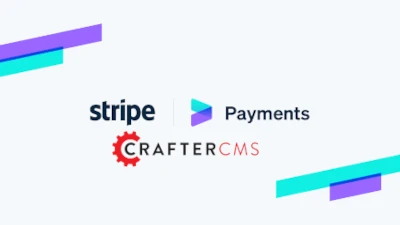
Integrate the Stripe Online Payments Platform with CrafterCMS
In this tutorial, we will illustrate how to integrate Stripe payment subscriptions with CrafterCMS and develop and install this integration as a plugin in your project. This plugin endows a payment plans page for your website in which you can freely modify its content, encompassing adding or removing payment plans via the Experience Builder. When your website’s users select a plan, they will be redirected to the Stripe payment gateway to subscribe with a credit card.

Integrate the DocuSign eSignature platform with CrafterCMS
DocuSign is an electronic signature platform that allows users to sign and send documents securely. Integrating DocuSign with CrafterCMS lets you easily manage and sign your documents directly from any site or app built on the headless CMS. In this tutorial, we will demonstrate how to integrate the DocuSign eSignature API with CrafterCMS and build a plugin for your next CMS project.
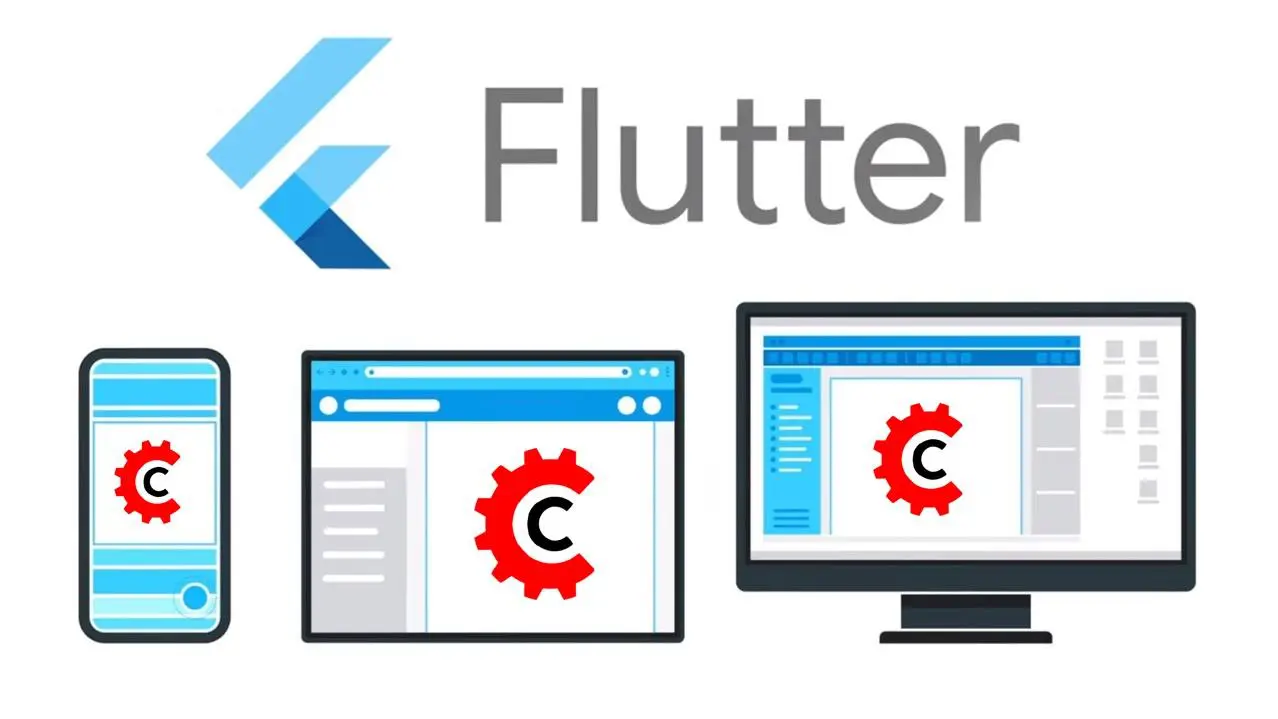
CMS for SPAs: Building Flutter Apps with CrafterCMS 4.0.x
Follow this tutorial to learn how to build apps using Flutter and CrafterCMS 4.0 Import your Flutter app, create a content model, link your headless services and configure content editing.
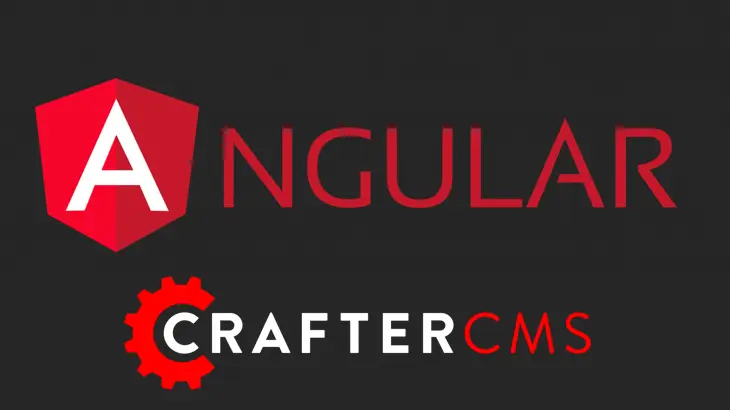
CMS for SPAs: Building Angular Apps with CrafterCMS 4.0.x
Follow this tutorial to learn how to build SPAs using Angular and CrafterCMS 4.0 Import your Angular app, create a content model, link your headless services and configure content editing.
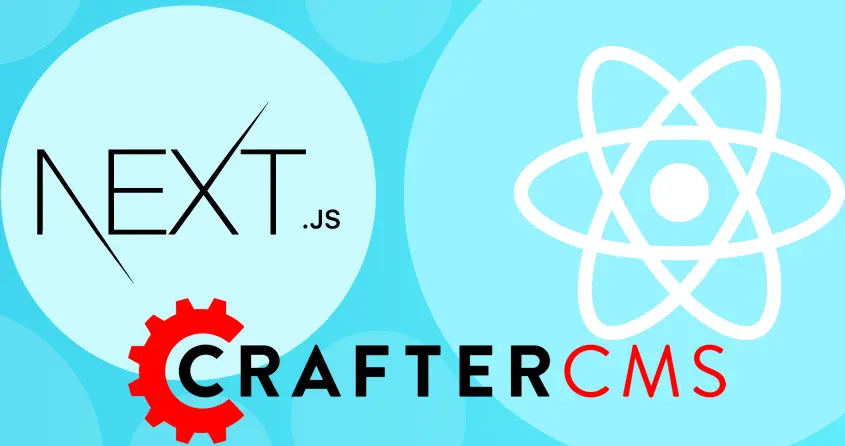
CMS for SPAs: Building NextJS Apps with CrafterCMS 4.0.x
Follow this tutorial to learn how to build React-based SPAs using NextJS and CrafterCMS 4.0 Import your NextJS app, create a content model, link your headless services and configure content editing.
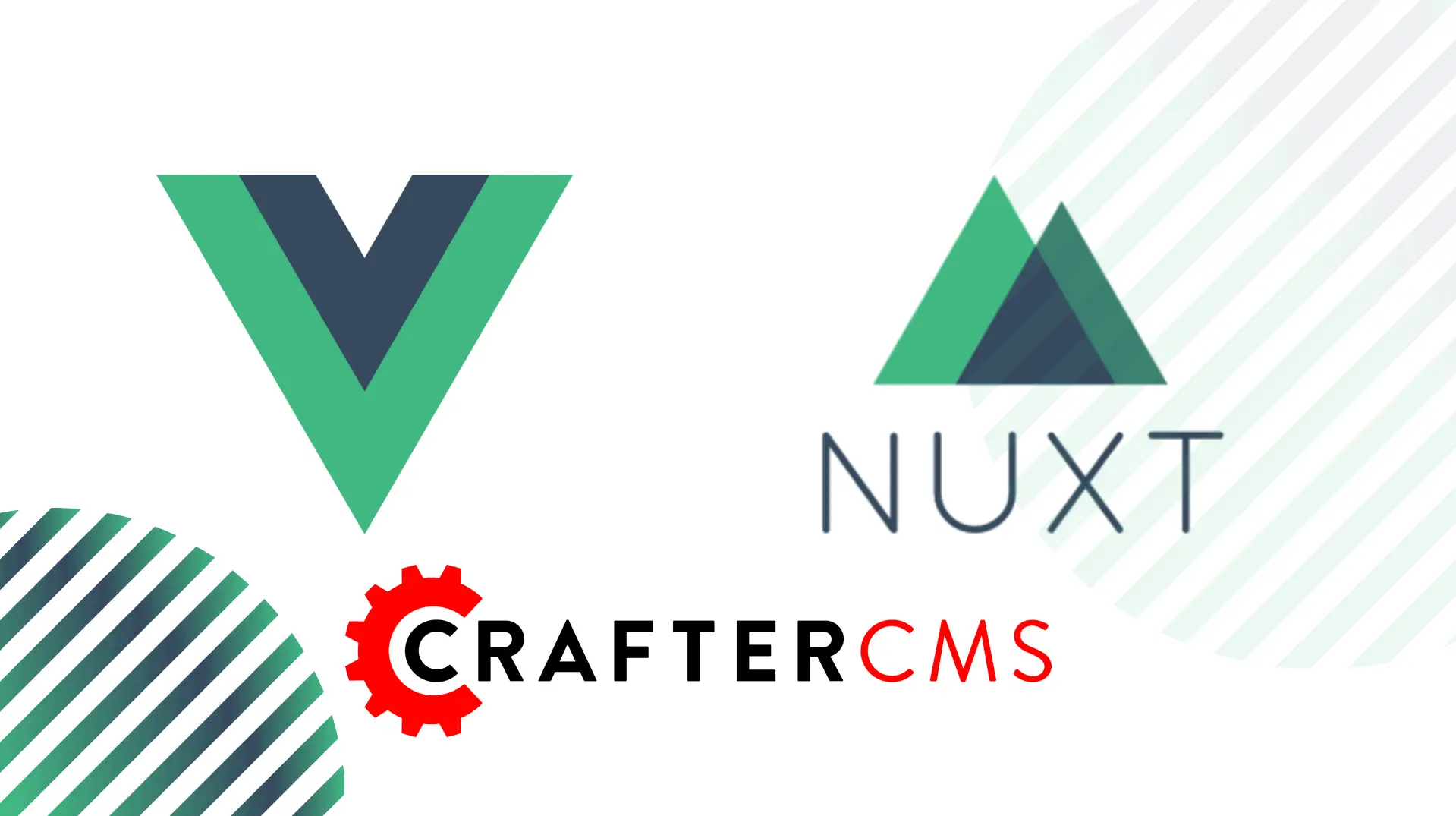
CMS for SPAs: Building Vue and Nuxt Apps with CrafterCMS 4.0.x
Follow this tutorial to learn how to build content-enabled SPAs using Vue and Nuxt and CrafterCMS 4.0 Import your Nuxt app, create a content model, link your headless services and configure content editing.
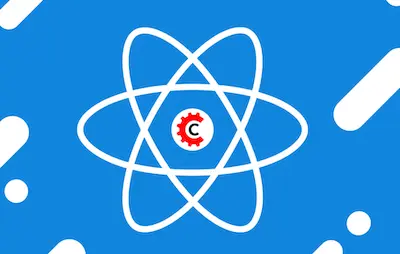
CMS for SPAs: Building React Apps with CrafterCMS 4.0.x
Traditional (legacy) CMS platforms are not designed to handle headless content, while most headless CMS platforms aren’t full-featured and have only basic content authoring support. CrafterCMS provides a full-featured content authoring toolset combined with comprehensive headless CMS capabilities for developers, and this combination is quite unique. In this tutorial, you will learn how to create a content-rich, React-based Single Page Application (SPA) with in-context editing and other easy to use authoring capabilities.
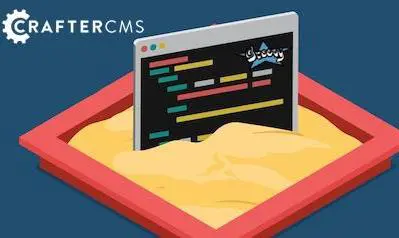
Working with the CrafterCMS Groovy Sandbox
CrafterCMS supports a powerful Groovy-based scripting layer for server side programming. CrafterCMS's configurable sandbox policies determine what the scripting layer can and cannot do. Some syntax is more likely to trigger sandbox flags than others. Follow this guide to learn a few tips and tricks for working within the sandbox without needing to modify policies.

Using NextJS with CrafterCMS 3.1
Next.js is a React JavaScript framework that enables you to develop fast, user-friendly applications by combining server-side rendering with statically created pages. Some reasons for using Next.js include speed, performance, and scalability. Th
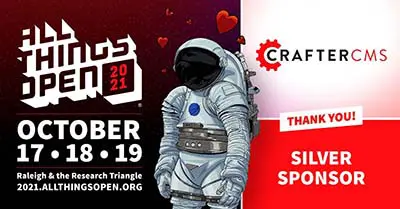
ATO 2021: Accelerating Website and App Development with a Git-based Headless CMS
Headless CMSs have increased developer productivity by providing an API-first platform for quickly building not just websites, but also all other types of multi-channel digital experiences such as native mobile apps, e-commerce front-ends, AR/VR expe
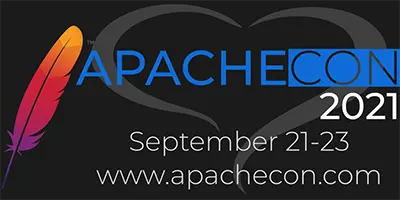
ApacheCon 2021: Extending Headless CMS APIs with Groovy
Typical headless content management system (CMS) platforms provide a fixed set of content APIs for building software applications across a variety of digital channels, ranging from websites to mobile apps to IoT devices and everything in between. The